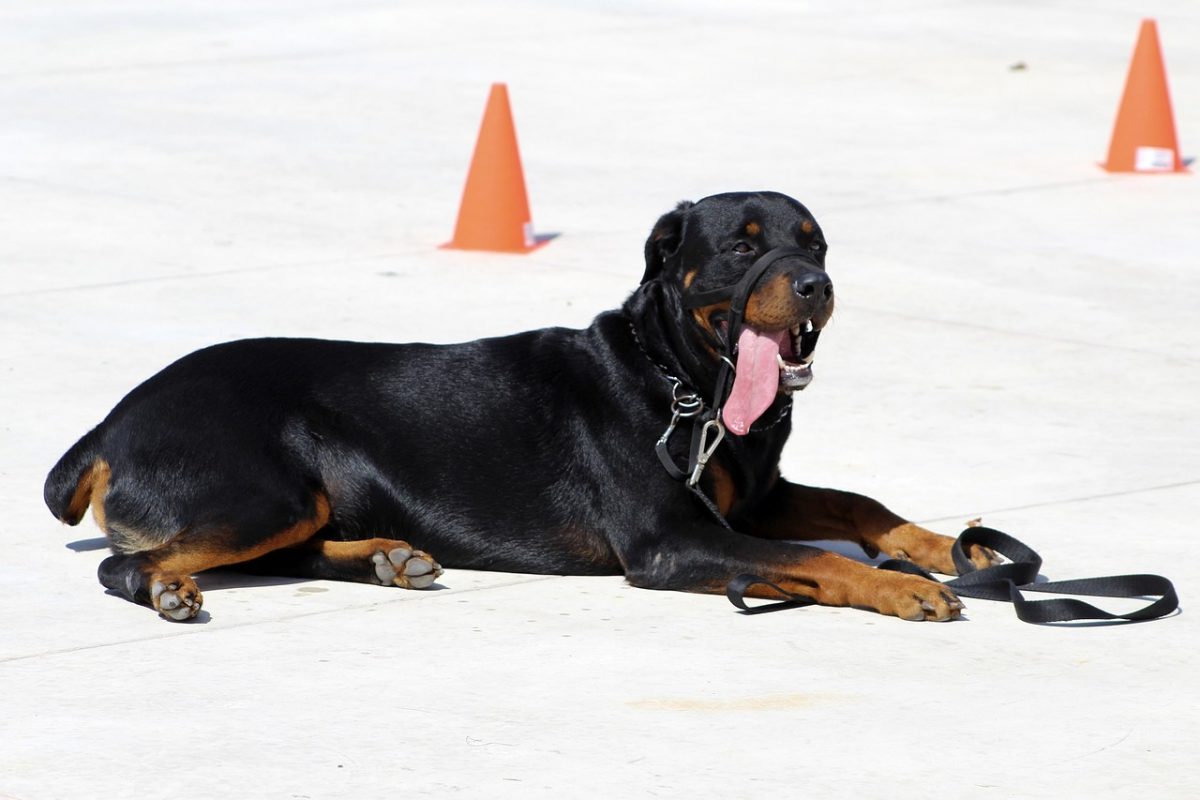Walking your dog is more than just a means of physical exercise; it’s a bonding activity that enhances the relationship between you and your furry friend. However, without proper training, this simple activity can become a tug-of-war, with your dog pulling ahead or veering in every direction. Training your dog to heel — to walk beside you calmly, with the leash slack — is not just about control; it’s about establishing mutual respect and understanding. This article will guide you through the process of teaching your dog to heel, ensuring enjoyable walks for both of you.
Understanding the Heel Command
The heel command is essential for peaceful and controlled walks. It tells your dog to stay by your side, matching your pace and stopping when you stop. This command not only makes walks more enjoyable but also ensures your dog’s safety, keeping them close and away from potential hazards.
The Importance of Consistency
Consistency is key in dog training. Use the same command (“heel”) every time, and start training in a familiar, distraction-free environment. Consistent rewards for desired behavior reinforce learning, making the command stick.
Equipment and Setup
Before you begin, choose the right equipment. A sturdy leash, a comfortable but firm collar or harness, and a selection of treats will set you up for success. Initially, train in a quiet, enclosed area to minimize distractions and allow your dog to focus on your commands.
Step-by-Step Training
- Start with Attention Training: Your dog needs to learn to pay attention to you during walks. Begin by encouraging them to look at you and offering treats for sustained eye contact. This foundation ensures your dog is ready to listen and learn the heel command.
- Introduce the Heel Position: With your dog on a leash, lure them to your preferred side (usually the left) using a treat. Hold the treat at your thigh level to encourage them to stay close to your leg. Reward them for staying in this position, even if it’s just for a few seconds.
- Moving Forward: Once your dog is comfortable standing by your side, it’s time to start moving. Take a step forward, and if your dog follows in the heel position, immediately reward them. Gradually increase the number of steps before giving a treat. If your dog moves ahead or to the side, stop walking, call them back to the heel position, and start over.
- Adding the Command: When your dog is reliably staying by your side for several steps, begin using the “heel” command. Say it as you start walking to associate the action with the word. Reward them for obeying the command and staying in position.
- Practice and Increase Difficulty: Continue practicing in short but frequent sessions. Gradually introduce more distractions and increase the duration of the walks. Always reward your dog for maintaining the heel position, especially in challenging environments.
- Phasing Out Treats: As your dog becomes more adept at heeling, start reducing the frequency of treats. Replace food rewards with verbal praise and physical affection, though occasional treats can still be used to reinforce the behavior.
Troubleshooting Common Issues
- Pulling on the Leash: If your dog pulls, stop walking immediately. Only proceed when the leash is slack, teaching them that pulling won’t get them where they want to go.
- Lack of Interest: If your dog seems disinterested, make training more exciting by using high-value treats or changing the training environment.
- Overexcitement: For dogs that get too excited, practice calming exercises before training sessions. Ensure they’re well-exercised beforehand so they can focus on learning.
Training your dog to heel is a rewarding process that strengthens your bond and makes walks more enjoyable. Remember, patience and consistency are your best tools. Celebrate the small victories, and don’t rush the process. With time and practice, your dog will learn to walk beside you, making every outing a pleasure.



